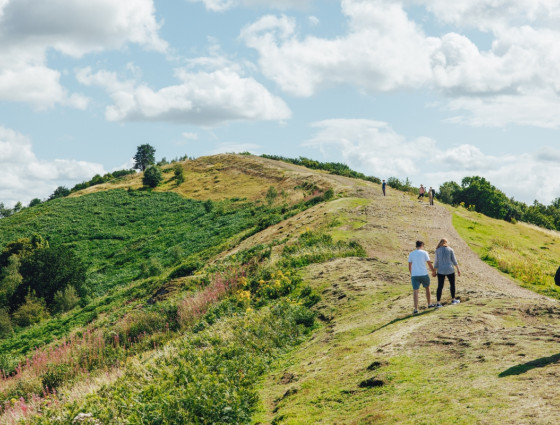Green Infrastructure Framework documents provide the evidence base to inform and support production of the Worcestershire Green Infrastructure Strategy and future delivery of green infrastructure in Worcestershire.
The GI Framework papers published to date include:
Green Infrastructure Framework document 1
This paper introduces the concept of GI and the policy context for delivering GI in Worcestershire. It also signposts stakeholders to baseline information available for each GI theme.
Worcestershire Green Infrastructure Framework 1 (PDF).
Green Infrastructure Framework document 2
This paper includes a review of the baseline data for biodiversity, landscape and the historic environment and develops a combined approach to existing green infrastructure within the county, through the GI Environmental Character Areas. The GI Environmental Character Areas are classified according to the strategic intervention required, based on the existing GI assets and strategic analysis. A series of high-level objectives are set out for each of the character areas, based on the key green infrastructure themes.
Worcestershire Green Infrastructure Framework 2 (PDF).
Green Infrastructure Framework document 3
This paper assesses informal recreation provision in the county and its contribution to green infrastructure. It identifies the location, extent, and functionality of strategic recreational assets in Worcestershire. It also explores the potential need for new recreational assets and identifies areas of search and potential funding mechanisms for new facilities.
Worcestershire Green Infrastructure Framework 3 (PDF).
Green Infrastructure Framework document 4
This paper explores how multifunctional green infrastructure solutions can provide economic and health benefits, as well as contributing to climate change mitigation and adaptation.
Worcestershire Green Infrastructure Framework 4 (PDF).
Valuing, costing and viability of green infrastructure
The GI Partnership has prepared guidance on the financial considerations of green infrastructure including the value, viability, funding and costing of green infrastructure assets and their future management. This guidance comprises:
Valuing and funding green infrastructure: non-planning related projects
This document provides guidance on valuing and costing of green infrastructure to support implementation and delivery of non-planning GI projects, such as the creation of parks, flood management, sustainable transport, etc.
Green Infrastructure Viability Guidance Note - Non-Planning (PDF).
Viability, valuation and funding of green infrastructure on new development sites
This document provides guidance on the viability, valuing and costing of green infrastructure to support its implementation and delivery on new development sites delivered through the planning process.
Green Infrastructure Viability Guidance Note - New Development Sites (PDF).
Indicative costs of Green Infrastructure
This spreadsheet includes the costs of various green infrastructure solutions collated through a literature review and from real-world information provided by stakeholders. These costs are only indicative and the actual green infrastructure costs of various developments should be considered and valued on a site-by-site basis.
Indicative Green Infrastructure Costs (Excel).

 Facebook
Facebook X
X Email
Email WhatsApp
WhatsApp Messenger
Messenger